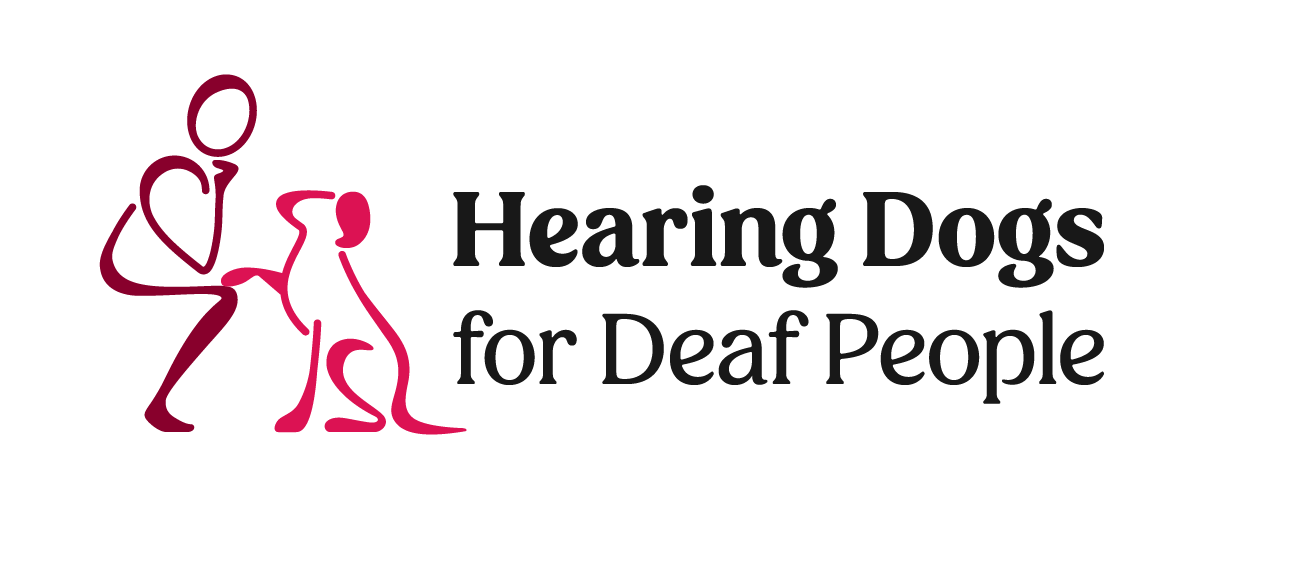Salary Range: £36k – £40k
Key Activities
To engage in a range of activities to create, improve, and optimise services for the user and the charity, following a person-centred process, which will include:
- Study competitors, service trends, and technological advancements in service delivery to continuously optimise our delivery.
- Work together with the insight and impact team to Identify and engage key stakeholders, conduct interviews, surveys and observations to understand user needs, behaviours and pain points.
- Work in collaboration with users and potential users of a new service prototype, to design and map end-to-end service journeys and user personas (to design with empathy), ensuring a holistic view of how people (might) experience services across all touchpoints.
- Develop clear, practical visuals and documentation to explain how services (might) work, or improvements might be made, outlining: the user experience, role definitions, required resources, processes and systems, and where improvements are needed.
- Draw on the impact team to evidence the desired impact of the service and how it will be measured.
- Work with the relevant team/s to train and support colleagues, ensuring smooth adoption of new service models.
- Monitor the performance of refinements of service changes and/or new service development, using feedback from trials and pilots to improve effectiveness.
- Track ongoing service performance, using analytics and user feedback and report back impact. Make continuous enhancements based on evolving needs and market conditions.
- Specifically utilise the efficiencies AI and digital technology can deliver to improve service performance and efficiencies.
- Collaborate with digital, delivery, and service engagement teams to ensure services are inclusive, accessible, and meet real needs.
- Work across teams to align internal activities, making services more connected, efficient, and user-friendly.
Key Resources
- Service Design Directorate colleagues: collaborate with colleagues in impact and innovation, content generation and user experience.
- Access to User Research Data: Detailed insights into the experiences and needs of individuals with hearing loss.
- Technology and Data Systems: CRM or data systems for tracking service outcomes, client data, and engagement metrics.
- Sector experts: Research teams and academic institutions where relevant and Service design communities of practice.
Core Value
- This role is crucial in evolving services that support people with hearing loss, creating thriving hearing dog partnerships, and addressing both practical and emotional needs—something no other charity provides.
- Focusing on enhancing and developing services to meet audience needs, this role directly contributes to our mission of helping people live well with hearing loss.
- All roles should demonstrate compassion, excellence, and a commitment to improving lives through effective partnerships and service development, aligning with Hearing Dogs’ mission and values.
Service Standards (Standard of Delivery)
- User-Centred by Default – Services are consistently designed and improved based on a strong understanding of user needs.
- Joined-Up & End-to-End – Service journeys are designed holistically, ensuring alignment and coherence across teams, channels, and touchpoints.Inclusive & Accessible – Services meet accessibility standards and reflect the needs of diverse users.
- Iterative & Insight-Led – Service improvements are guided by user research and impact data.
- Collaborative by Design – Service design is developed through meaningful co-creation with users.
Key Customers
- Individuals with Hearing Loss: Primary recipients of the services designed to support and empower them.
- Delivery Teams – Use service design to deliver consistent, effective support to users.
- Lived Experience Contributors & Volunteers – Actively involved in co-creation.
- Service Design Directorate Colleagues – Collaborate on joined-up, insight-led service improvements.
People and Partners
- Service Design & Development team.
- User Experience Manager.
- ADUK/ADI/sector experts to integrate services and share best practices.
- Staff member secondees.
- IT team to implement digital service components.
- Research associates.
Engagement Channels
- Workshops and Focus Groups: Engaging directly with users and stakeholders to gather insights.
- Digital Platforms: Collaborating through project management and communication tools.
- Reports: Sharing design proposals, findings, and service evaluations with internal teams and stakeholders.
Knowledge, Skills, Strengths and Behaviours
- User-Centred & Inclusive Design – Strong understanding of service design, co-design, and inclusive practices that ensure services meet diverse user needs.Impact-Driven & Iterative – Able to use impact insights to inform design decisions and support continuous improvement.
- Stakeholder Engagement & Collaboration – Skilled at working across teams and engaging stakeholders in the design process to align services with organisational goals.
- Facilitation & Co-Creation – Experienced in leading workshops/sessions that bring together staff, volunteers, and people with lived experience.
- Problem-Solving & Practical Thinking – Able to analyse service challenges and develop clear, user-focused solutions.
- Clear & Visual Communicator – Translates design concepts and service ideas into simple, compelling formats that support shared understanding.
- Service Design & User-Centred Design – understanding of user research, journey mapping, experience design, and co-design principles.
Key Deliverables
- Creation of user-centred service solutions, ensuring they are accessible, efficient, and informed by research, impact data, and innovation.
- Translate findings into actionable recommendations for service improvement.
- Develop end-to-end user journey maps, identifying key friction points and areas for improvement.
- Trial implementation of new service designs, ensuring structured testing and iteration.
- Collect and analyse pilot feedback, producing reports on what works, what needs refinement, and recommendations for full-scale rollout.
- Feedback Loops: Implementing processes for continuous feedback to drive improvements.
- Service Usage: Monitoring engagement levels and identifying areas for improvement.


